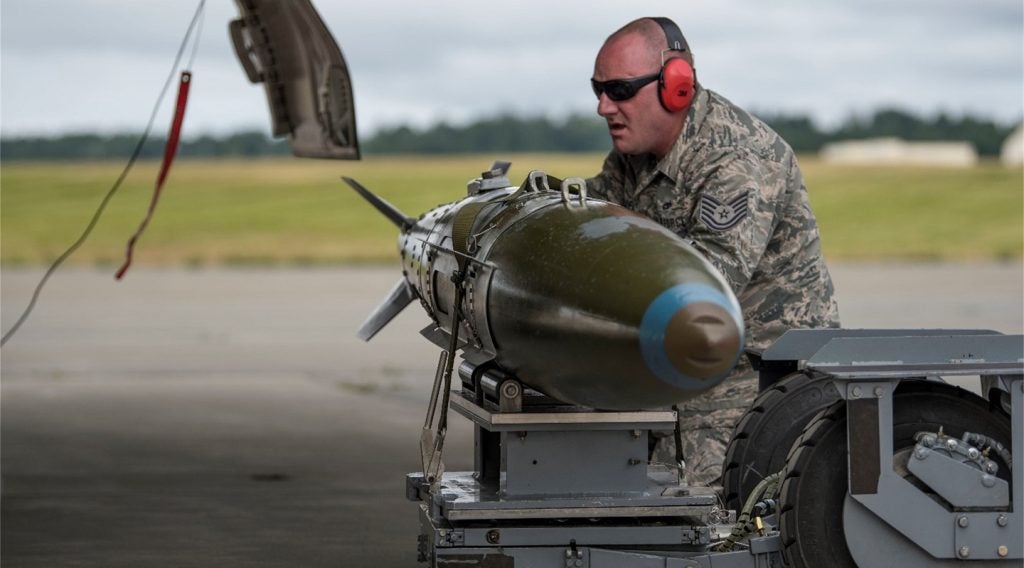The US Air Force (USAF) has encapsulated its fourth Space Based Infrared System (SBIRS) Geosynchronous Earth Orbit (GEO) satellite for launch.
Developed by Lockheed Martin, the SBIRS GEO Flight-4 satellite is currently ready for its planned launch on a United Launch Alliance Atlas V rocket from Cape Canaveral Air Force Station in Florida, US.
During encapsulation, the satellite was sealed in its launch fairing, which is an aerodynamic, nose-cone shell that helps protect the satellite during its launch.
The fairing will be mounted on top of the Atlas V rocket as part of the launch preparations.
SBIRS GEO Flight-4 is the latest satellite to be added to the USAF’s orbiting network of satellites that are installed with powerful scanning and staring infrared surveillance sensors.
The sensors are used to collect data that are used by the US military to detect missile launches, support ballistic missile defence, increase technical intelligence gathering, and strengthen situational awareness on the battlefield.
How well do you really know your competitors?
Access the most comprehensive Company Profiles on the market, powered by GlobalData. Save hours of research. Gain competitive edge.

Thank you!
Your download email will arrive shortly
Not ready to buy yet? Download a free sample
We are confident about the unique quality of our Company Profiles. However, we want you to make the most beneficial decision for your business, so we offer a free sample that you can download by submitting the below form
By GlobalDataData collected by the sensors are transmitted to the new SBIRS ground control system where the operators convert the information into actionable reports for use in defence, intelligence, and civil applications.
Lockheed Martin Overhead Persistent Infrared Systems Mission Area vice-president Tom McCormick said: “SBIRS provides our military with timely, reliable and accurate missile warning and infrared surveillance information.
“We look forward to adding GEO Flight-4’s capabilities to the first line of defence in our nation’s missile defence strategy.”
The SBIRS GEO Flight-4 satellite was developed by Lockheed Martin at its Sunnyvale, California facility, and was delivered to the Florida airforce station on 31 October last year.
The launch preparations of SBIRS GEO Flight-4 are being carried out 12 months after the launch of SBIRS GEO Flight-3 satellite.







